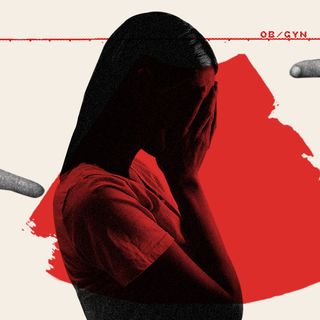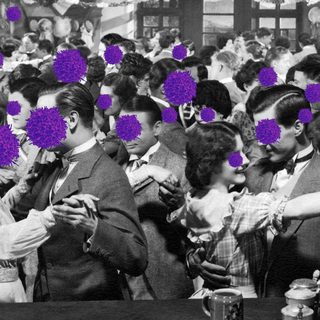In our All The Arguments You Need series, we take on mindsets standing in the way of progress and rebut them with facts and logic.
Earlier this month India began the next step in its colossal drive to vaccinate a population of 1.3 billion: vaccinating those over 60 and those over 45 with existing health problems. This has been the biggest step in the vaccination rollout since January.
But Indian guidelines also mentioned that “everyone — even those who are vaccinated — should continue with all mitigation strategies when in public settings.” As India has seen a surge in Covid19 cases lately, the commitment to social distancing, wearing masks, and washing hands at regular intervals is vital, even for those who have been vaccinated against the worst of Covid19. But one look at the streets suggests many are not following the rules.
Here are all the arguments you need to convince people not complying with these guidelines that they really should.
“I’m protected by the vaccine, so I won’t get Covid.”
The Covid19 vaccines significantly reduce the chance of people getting seriously ill and dying from the disease, but they don’t rule out getting Covid19 entirely.
Additionally, while most current vaccines will somewhat reduce the chances of contracting a severe case from newer, more virulent strains, they are not as effective against these new strains as they are against the original virus. So, best to still mask and keep your distance.
Finally, research has not yet determined how long a person remains protected from Covid19 after being vaccinated. The protection given by vaccines can decrease over time — and no one knows how long that time is. So mask up, and step back.
“India has started vaccinating, so we’re all safe now.”
We’re not. While emerging research suggests vaccination lowers the transmission of the novel coronavirus, there’s no confirmation of this initial evidence. Meaning, while the chance is low, there’s still a chance you may be able to carry the virus and unknowingly infect others who haven’t been vaccinated yet. Masking and social distancing lower this chance even further.
“We have been socially distancing and wearing masks for over a year. The worst is over!”
There have been dips and peaks of cases throughout the pandemic, and there’s no assurance things won’t get worse again. In fact, in several areas of the country, the number of Covid19 cases have been trending up.
In addition, despite the fall in the number of cases globally, the emergence of different variants and strains of the virus threatens a renewed, more virulent outbreak. Expert opinions vary on how dangerous these current variants are, but the fact is the coronavirus has evolved much faster than anyone expected, and these strains have made it to India as well.
“Vaccination drives mean we’re close to herd immunity.”
As of March 7, 20 million people in the country have been vaccinated. Although the number seems large, it constitutes a bare 1.5% of the total population — far from the 70% required for herd immunity, at which point even unvaccinated people are more or less protected. And while the government aims to vaccinate 3 crore people across the country by August, this will translate into only 20% of the total population of the country — leaving a majority still unvaccinated.
For India, herd immunity means over 90 crore people vaccinated — which, at the current vaccination rate, it would take more than a year to achieve.
“We’ve been cooped up inside for over a year — pandemic fatigue is real!”
Yes, pandemic fatigue is real. With this month marking an entire year since the pandemic disrupted normal life, people are tired of wearing masks, tired of physically distancing themselves, tired of being away from family and friends, and tired of the routines of the ‘new normal.’ However, this fatigue can lead to careless behavior that could trigger a sharp rise in cases—as the government says it has in Maharashtra, where there are currently more than 90,000 active Covid19 coronavirus cases.
But even in the face of this fatigue and desperation for change, it is vital to remember that the pandemic still exists and to take precautions to protect yourself—and the loved ones you are planning to meet.
The good news? Vaccination does allow you to socialize more — with other vaccinated people. According to the Centers for Disease Control and Prevention (CDC) in the U.S., which released new guidelines on March 8, fully vaccinated people can visit other fully vaccinated people indoors without masks or social distancing. “There are some activities that fully vaccinated people can begin to resume now in the privacy of their own homes.”
“But how will the economy improve if we keep social distancing?”
We can get back to working and shopping outside while maintaining a safe distance from people and wearing a mask. An economic recovery that endangers lives benefits no one — the country or the people. Working towards recovering from the economic fallout of the pandemic while endangering lives is choosing the short end of the stick.
The bottom line is, we need to continue following these measures out of basic regard for public health. With just tiny steps going a long way in safeguarding you and everyone around you from the virus, it is imperative we choose to do the minimum.




